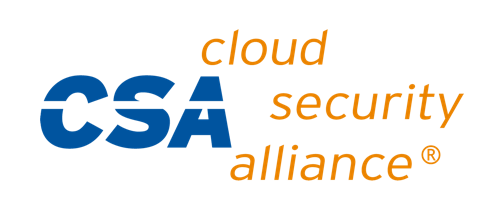Industrial Robots and Robot Systems – General Safety Requirements
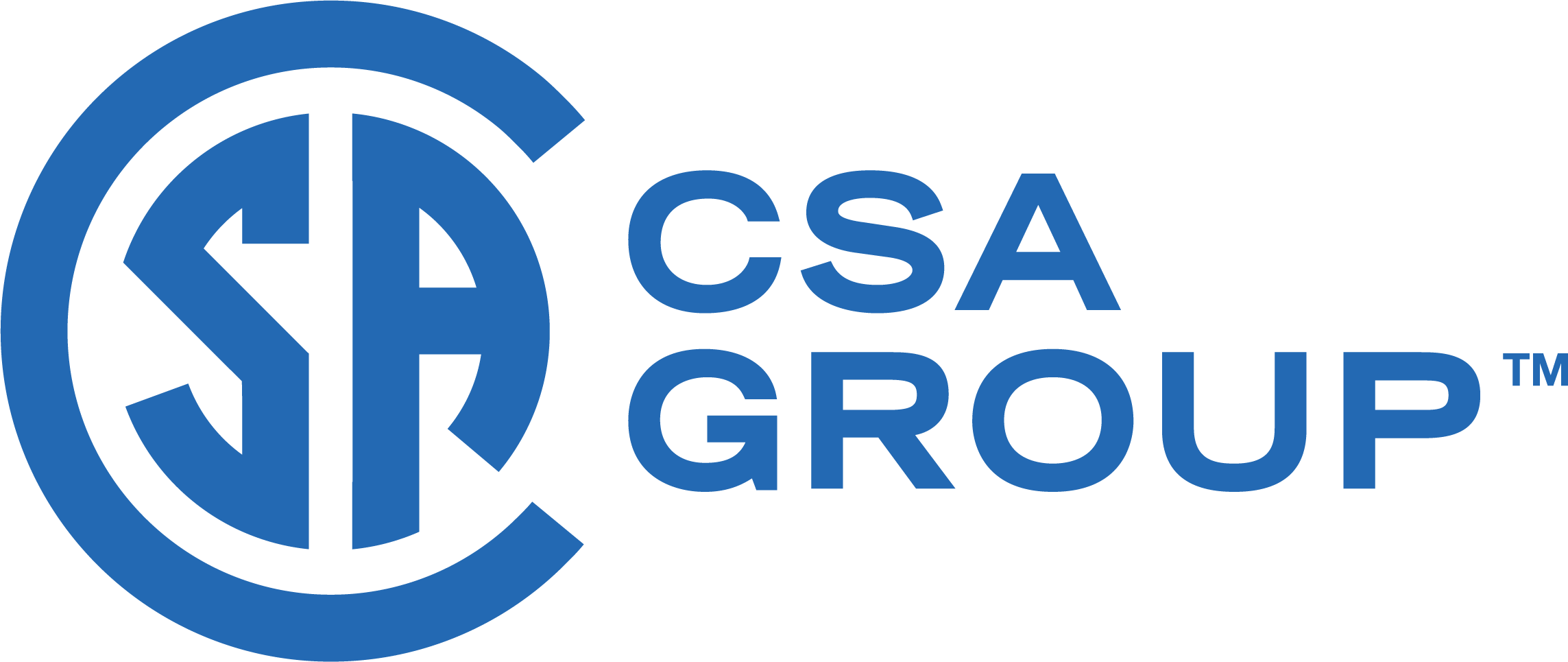

This document provides guidance on concepts, objectives and processes for the governance of information security, by which organizations can evaluate, direct, monitor and communicate the information security-related processes within the organization.
The intended audience for this document is:
— governing body and top management;
— those who are responsible for evaluating, directing and monitoring an information security management system (ISMS) based on ISO/IEC 27001;
— those responsible for information security management that takes place outside the scope of an ISMS based on ISO/IEC 27001, but within the scope of governance.
This document is applicable to all types and sizes of organizations.
All references to an ISMS in this document apply to an ISMS based on ISO/IEC 27001.
This document focuses on the three types of ISMS organizations given in Annex B. However, this document can also be used by other types of organizations.
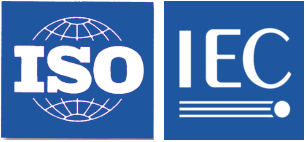
Standards development within the Information Technology sector is harmonized with international standards development. Through the CSA Technical Committee on Information Technology (TCIT), Canadians serve as the SCC Mirror Committee (SMC) on ISO/IEC Joint Technical Committee 1 on Information Technology (ISO/IEC JTC1) for the Standards Council of Canada (SCC), the ISO member body for Canada and sponsor of the Canadian National Committee of the IEC. Also, as a member of the International Telecommunication Union (ITU), Canada participates in the International Telegraph and Telephone Consultative Committee (ITU-T).
For brevity, this Standard will be referred to as CAN/CSA-ISO/IEC 27007 throughout.
This Standard supersedes CAN/CSA-ISO/IEC 27007:13 (adopted ISO/IEC 27007:2011). At the time of publication, ISO/IEC 27007:2017 is available from ISO and IEC in English only. CSA Group will publish the French version when it becomes available from ISO and IEC.
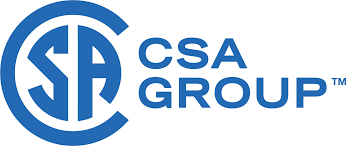
Standards development within the Information Technology sector is harmonized with international standards development. Through the CSA Technical Committee on Information Technology (TCIT), Canadians serve as the SCC Mirror Committee (SMC) on ISO/IEC Joint Technical Committee 1 on Information Technology (ISO/IEC JTC1) for the Standards Council of Canada (SCC), the ISO member body for Canada and sponsor of the Canadian National Committee of the IEC. Also, as a member of the International Telecommunication Union (ITU), Canada participates in the International Telegraph and Telephone Consultative Committee (ITU-T).
For brevity, this Standard will be referred to as CSA ISO/IEC 27009 throughout.
This Standard supersedes CAN/CSA-ISO/IEC 27009:18 (adopted ISO/IEC 27009:2016). At the time of publication, ISO/IEC 27009:2020 is available from ISO and IEC in English only. CSA Group will publish the French version when it becomes available from ISO and IEC.
This Standard has been formally approved, without modification, by the Technical Committee and has been developed in compliance with Standards Council of Canada requirements for National Standards of Canada. It has been published as a National Standard of Canada by CSA Group.
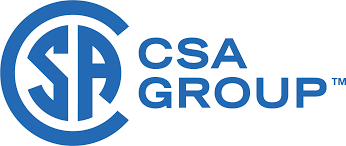
Standards development within the Information Technology sector is harmonized with international standards development. Through the CSA Technical Committee on Information Technology (TCIT), Canadians serve as the SCC Mirror Committee (SMC) on ISO/IEC Joint Technical Committee 1 on Information Technology (ISO/IEC JTC1) for the Standards Council of Canada (SCC), the ISO member body for Canada and sponsor of the Canadian National Committee of the IEC. Also, as a member of the International Telecommunication Union (ITU), Canada participates in the International Telegraph and Telephone Consultative Committee (ITU-T).
For brevity, this Standard will be referred to as CSA ISO/IEC 27007 throughout.
This Standard supersedes CAN/CSA-ISO/IEC 27007:18 (adopted ISO/IEC 27007:2017). At the time of publication, ISO/IEC 27007:2020 is available from ISO and IEC in English only. CSA Group will publish the French version when it becomes available from ISO and IEC.
This Standard has been formally approved, without modification, by the Technical Committee and has been developed in compliance with Standards Council of Canada requirements for National Standards of Canada. It has been published as a National Standard of Canada by CSA Group.
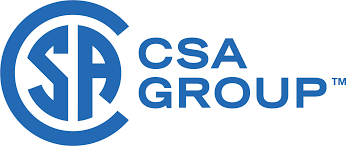
Standards development within the Information Technology sector is harmonized with international standards development. Through the CSA Technical Committee on Information Technology (TCIT), Canadians serve as the SCC Mirror Committee (SMC) on ISO/IEC Joint Technical Committee 1 on Information Technology (ISO/IEC JTC1) for the Standards Council of Canada (SCC), the ISO member body for Canada and sponsor of the Canadian National Committee of the IEC. Also, as a member of the International Telecommunication Union (ITU), Canada participates in the International Telegraph and Telephone Consultative Committee (ITU-T).
For brevity, this Standard will be referred to as CSA ISO/IEC 27009 throughout.
This Standard supersedes CAN/CSA-ISO/IEC 27009:18 (adopted ISO/IEC 27009:2016). At the time of publication, ISO/IEC 27009:2020 is available from ISO and IEC in English only. CSA Group will publish the French version when it becomes available from ISO and IEC.
This Standard has been formally approved, without modification, by the Technical Committee and has been developed in compliance with Standards Council of Canada requirements for National Standards of Canada. It has been published as a National Standard of Canada by CSA Group.
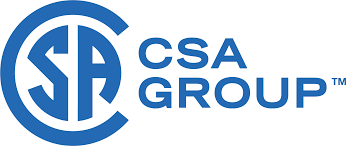
Collaboration and coordination among all stakeholders are critical to secure the cloud platform. The current gap is that there is no defined guideline dividing the security roles and responsibilities between the Cloud Service Providers (CSPs) and Cloud customers; on how to secure Cloud services in different Cloud deployment models. This is especially the case for those who have little cloud security knowledge. This WG aims to develop guidelines for CSPs to secure its Cloud platform and provide Cloud security services to Cloud users; for Cloud users to select security qualified CSPs; for security vendors to develop their Cloud-based security products and services. Subsequently, this WG hopes to develop a platform for CSPs to publish their security requirements; for security vendors to share their security products and services, and to provide a platform for interoperability testing.
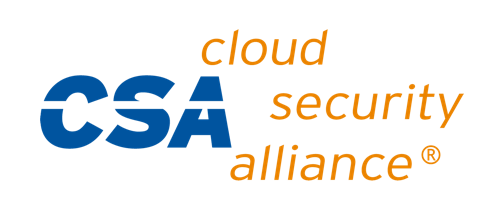
The Mobile Application Security Testing (MAST) initiative aims to create a safer cloud ecosystem for mobile applications by creating systematic approaches to application testing and vetting that helps integrate and introduce quality control and compliance to mobile application development and management. This initiative hopes that more research into mobile application security vetting and testing will help reduce the risk and security threats that organizations and individuals expose themselves to using mobile applications. Implementation of MAST will result in clearly articulated recommendations and best practices in the use of mobile applications. Mobile application security testing and vetting processes utilized through MAST involve both static and dynamic analyses to evaluate security issues of mobile applications for platforms such as Android, iOS and Windows.
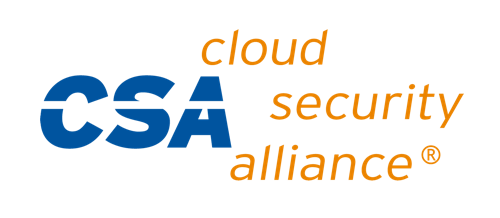
With today’s fast-evolving threat landscape, a holistic cloud incident response framework that considers an expansive scope of factors for cloud outages is necessary. The working group aims to develop a holistic Cloud Incident Response (CIR) framework that comprehensively covers key causes of cloud incidents (both security and non-security related), and their handling and mitigation strategies. The aim is to serve as a go-to guide for cloud users to effectively prepare for and manage the aftermath of cloud incidents, and also a transparent and common framework for Cloud Service Providers to share with cloud customers their cloud incident response practices. Imperative factors of cloud incidents including, but not limited to, operational mistakes, infrastructure or system failure, environmental issues, cyber security incidents and malicious acts will be included in development of the framework.
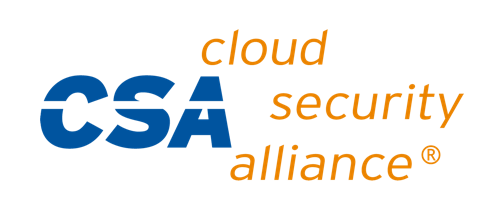
IoT devices represent a wide variety of non-traditional devices that are increasingly implemented in organizations due to the numerous benefits. These unique devices often pose a security challenge due to the limited size and lack of innate security making them difficult to secure with traditional security controls and methodologies. It is a combination of these factors that has rendered many devices vulnerable to attacks like the Mirai botnet. The IoT Working Group's mission is dedicated to understanding relevant use cases for IoT deployments and defining actionable guidance for security practitioners to secure their IoT ecosystem. This includes outlining best practices for securing IoT implementations, identifying gaps in standards coverage for IoT security, and identifying threats to IoT devices and implementations.
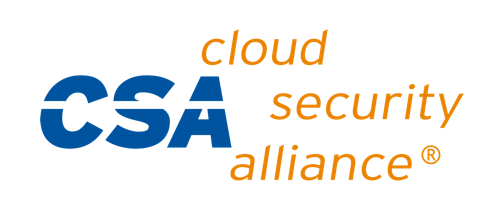
As we move forward into the future of automation, AI is proving to play a critical role in the realm of both cyber and cloud security. The ability to learn at the rate which AI produces makes it extremely important to prioritize discovering the potential ways that AI can both assist security, as well as defining ways that standardization can be shaped around its proper uses, ensuring that businesses are prepared for the continued growth of AI. CSA's AI working group has been established to regulate and create a format for which we can begin to shape the future of the frameworks around AI, and the impacts it will have on everyday life involving verticals such as banking, vehicles, big data, as well as other intelligence learning platforms and standards.
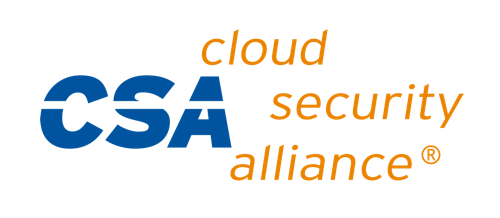
Blockchain and distributed ledger technology is an innovative and continuously evolving technology. This technology has far reaching security implications beyond just the financial services industries. Thanks to cryptocurrencies, blockchain technology has proven its relevance and increases security for data exchanges and immutable storage of data related to transactions. However, this does not mean the technology is beyond attacks and hacks -- like the dreaded 51% attack. The CSA Blockchain Working Group's goal is to investigate and document various forms of blockchain technology, relevant use cases, and security implications. The Blockchain Working Group is dedicated to producing useable content to educate the industry on this radical technology.
